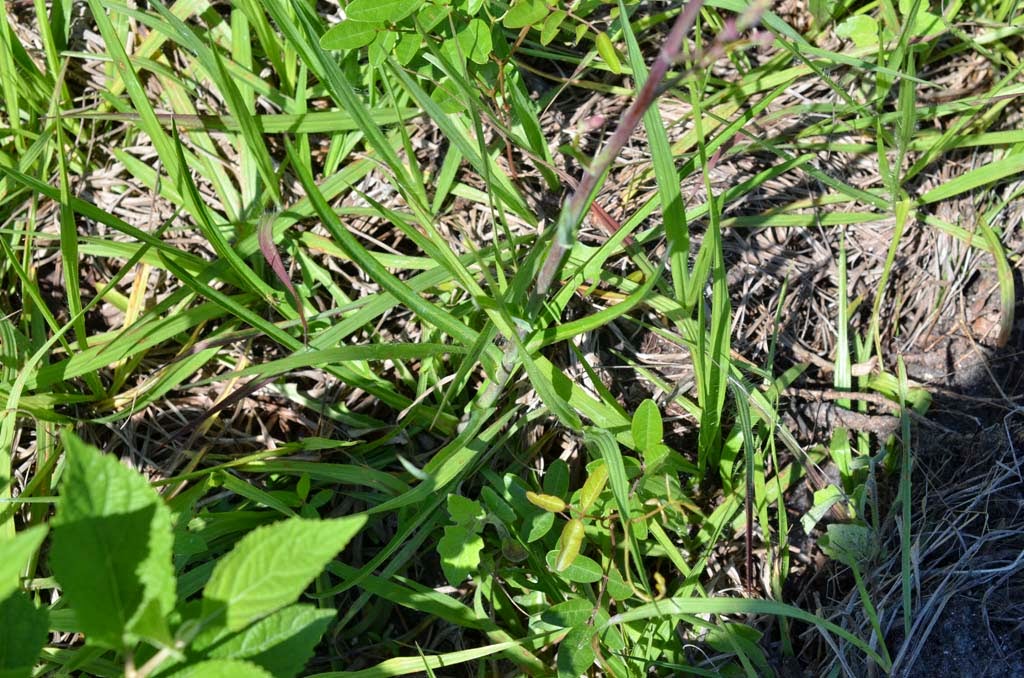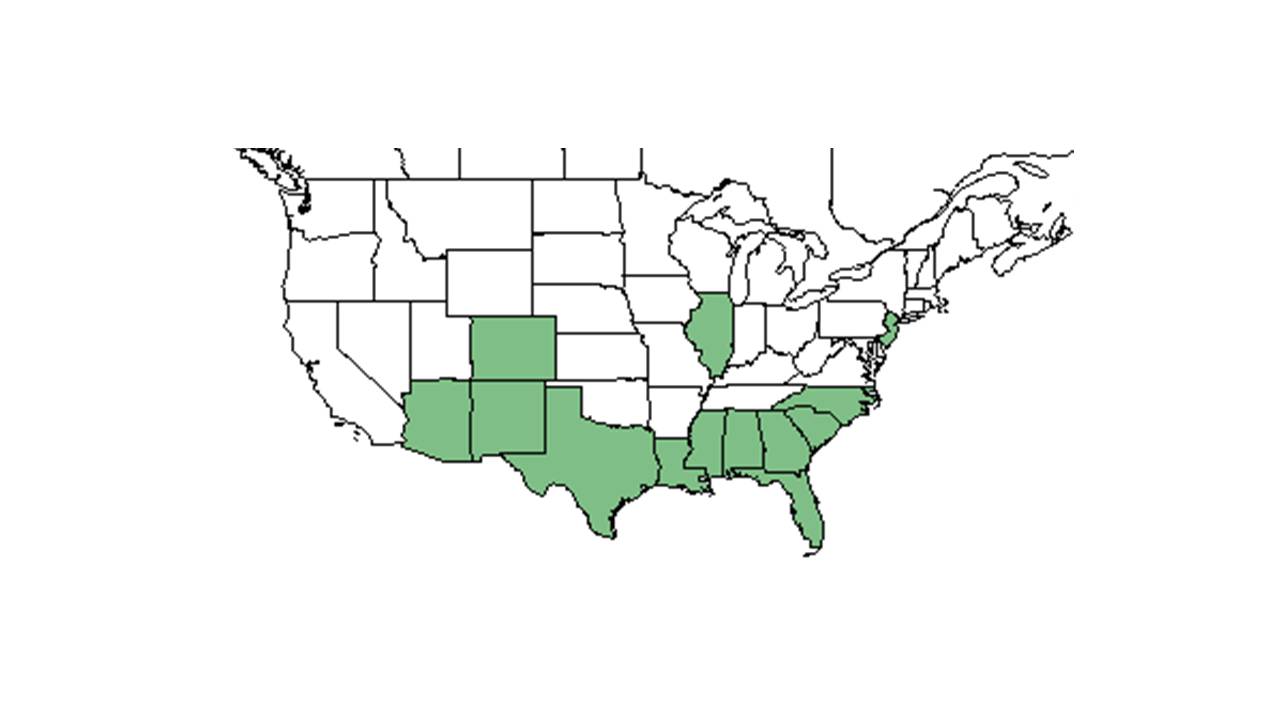Lactuca graminifolia
| Lactuca graminifolia | |
|---|---|

| |
| Photo by Wayne Matchett, SpaceCoastWildflowers.com | |
| Scientific classification | |
| Kingdom: | Plantae |
| Division: | Magnoliophyta - Flowering plants |
| Class: | Magnoliopsida – Dicotyledons |
| Order: | Asterales |
| Family: | Asteraceae ⁄ Compositae |
| Genus: | Lactuca |
| Species: | L. graminifolia |
| Binomial name | |
| Lactuca graminifolia Michx. | |

| |
| Natural range of Lactuca graminifolia from USDA NRCS Plants Database. | |
Common name: Grassleaf lettuce
Contents
Taxonomic notes
Synonym: Lactuca graminifolia Michaux var. graminifolia
Description
A description of Lactuca graminifolia is provided in The Flora of North America. This species is abundant where found. [1]
Distribution
Ecology
Habitat
This species is found in pine flatwoods, evergreen scrub oak sand ridges, fallow fields, bordering swamps, and longleaf pine-wiregrass pinelands. [1] Also found in disturbed areas, Lactuca graminifolia has also been observed to grow along roadsides, near campgrounds, around parking compounds, and within moist, sphagnum-filled ditches. [1] It grows in dry, loamy sands as well as moist, grassy areas in open light conditions. [1] Associated species includes Longleaf pine, wiregrass, Phlox floridana, Stillingia sylvatica, Asimina longifolia var. spathulata, Lactuca graminifolia, Stylosanthes biflora, Erigeron strigosa, Baptisia lanceolata, Hedyotis crassifolia, Pterocaulon undulatum, Asclepias humistrata, and Quercus hemisphaerica. [1]
Phenology
L. graminifolia has been observed flowering from March through June, September, and October.[1][2] It has also been observed fruiting from May through June and in October. [1]
Fire ecology
It is found in patches of degraded longleaf pine sandhill after burn and control (no burn) treatments.[3]
Pollination
The following Hymenoptera families and species were observed visiting flowers of Lactuca graminifolia at Archbold Biological Station: [4]
Halictidae: Halictus poeyi
Megachilidae: Dianthidium floridiense
Conservation and management
Cultivation and restoration
Photo Gallery
References and notes
- ↑ 1.0 1.1 1.2 1.3 1.4 1.5 1.6 Florida State University Robert K. Godfrey Herbarium database. URL: http://herbarium.bio.fsu.edu. Last accessed: June 2014. Collectors: Loran C. Anderson, Lisa Keppner, Ed Keppner, Paul L. Redfearn, Jr., Robert K. Godfrey, Grady W. Reinert, Richard S. Mitchell, Gwynn W. Ramsey, H.L. Stripling, James R. Burkhalter, S.W. Leonard, L. Baltzell, D.B. Ward, D. Burch, S.G. Shelter, Kevin Oakes, R. Komarek, R.A. Norris, John B. Nelson, Travis MacClendon, and Karen MacClendon. States and Counties: Florida: Bay, CalhounColumbia, Dixie, Escambia, Franklin, Gadsden, Hernando, Jackson, Jefferson , Lake, Liberty, Leon, Levy, Madison, Marion, Okaloosa, Orange, Pasco, Polk, Taylor, and Wakulla. Georgia: Grady and Thomas.
- ↑ Nelson, G. PanFlora: Plant data for the eastern United States with emphasis on the Southeastern Coastal Plains, Florida, and the Florida Panhandle. www.gilnelson.com/PanFlora/ Accessed: 12 DEC 2016
- ↑ Heuberger, K. A. and F. E. Putz (2003). "Fire in the suburbs: ecological impacts of prescribed fire in small remnants of longleaf pine (Pinus palustris) sandhill." Restoration Ecology 11: 72-81.
- ↑ Deyrup, M.A. and N.D. 2015. Database of observations of Hymenoptera visitations to flowers of plants on Archbold Biological Station, Florida, USA.